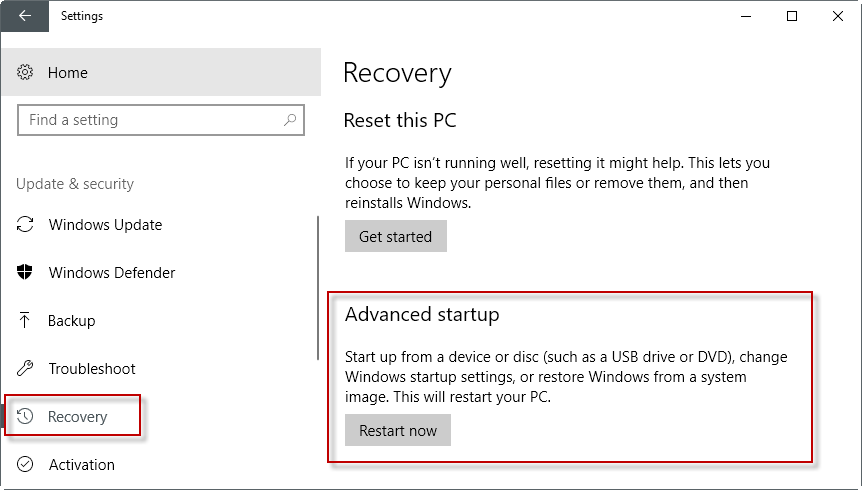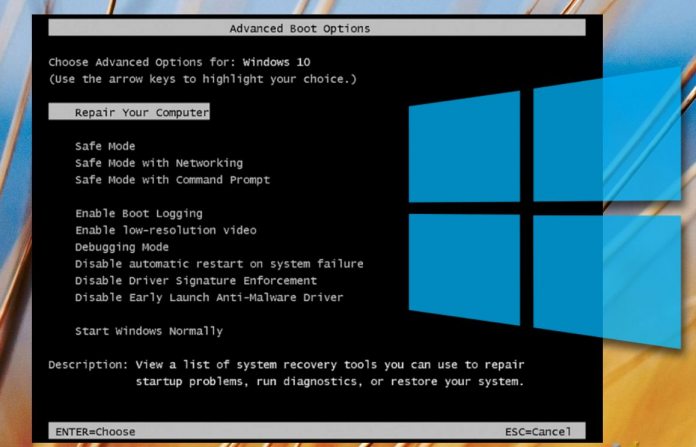
- #How to enter safe mode on startup windows 10 how to#
- #How to enter safe mode on startup windows 10 for windows 10#
#How to enter safe mode on startup windows 10 how to#
How to enter Windows 10’s Safe Mode by interrupting the normal boot sequence (three times in a row). After Windows 10 restarts one more time, you can choose which boot options you want to. You may be asked to enter your BitLocker recovery key. After your PC restarts to the Choose an option screen, select Troubleshoot > Advanced options > Startup Settings > Restart.
#How to enter safe mode on startup windows 10 for windows 10#
Type in system config and click on System Configuration. Startup Settings: Choose Restart for Windows 10 Safe Mode options. Get to safe mode from the Windows sign-in screen: On the Windows sign-in screen, press and hold the Shift key while you select Power > Restart.Open the Start menu while your PC is in safe mode.Select 6 or press F6 to Enable Safe Mode with Command Prompt. Select 5 or press F5 to Enable Safe Mode with Networking. You can use one of many ways to boot your Windows 10 PC in safe mode. To enable safe mode, just follow above methods to enter Windows 10 recovery mode, and click Startup Settings in Advanced Startup Options, then: Select 4 or press F4 to Enable Safe Mode. Initially, this method didn’t work for us in our testing, however, once we found the Windows partition and navigated to the correct folder, we were able to run the command. Safe mode in Windows 10 allows you to troubleshoot various problems on a computer. Select Continue on your screen and your PC should boot into safe mode.Now you can type in the command in Step 4 again and it should work. Remember the days of pressing F8 to get into Safe Mode This doesn't work on Windows 10, so this video shows you the new way of starting Safe Mode. This will bring you into the directory where bcdedit.exe is located. Eventually, you’ll see one of them has the Windows directory where Windows 10 is installed. If you don’t see the Windows directory, try the next letter, D: and then E: followed by the dir command.


To do this, you can start with drive C.Īt the prompt, type in C: and press Enter. If you get a message stating that the command “bcdedit” could not be found, then you have to try other drive letters and get to the Windows/System32 directory.


 0 kommentar(er)
0 kommentar(er)
